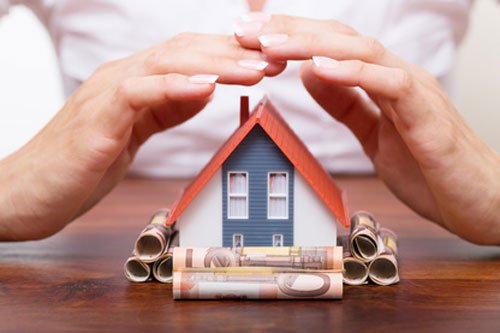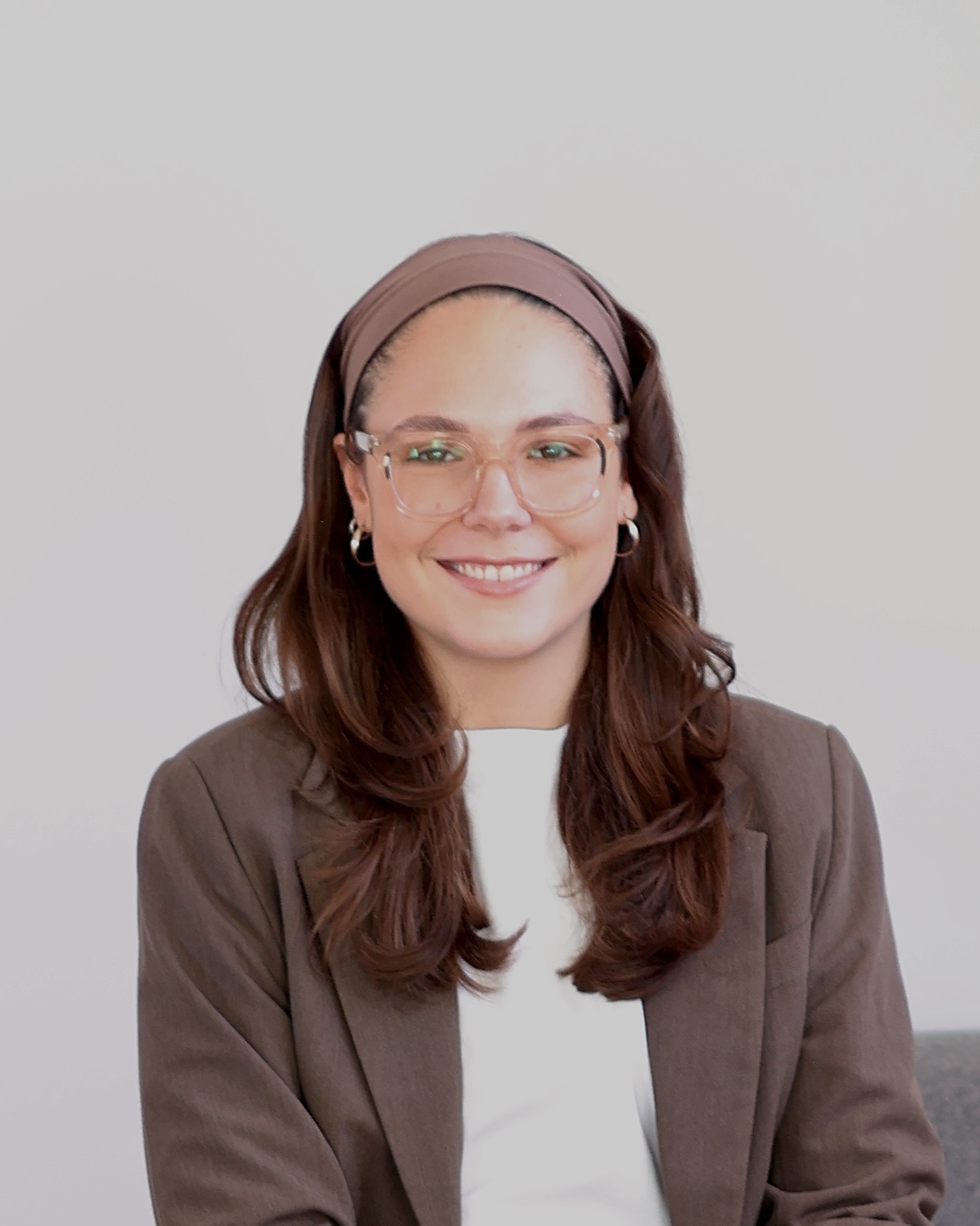The price-driving factors in passive houses
More and more builders are also interested in passive houses when building houses – and the additional costs that passive house construction causes. Because the energy efficiency of the KfW efficiency house is even exceeded by the passive house. Living independently of fluctuations in energy prices and at the same time protecting the environment is an attractive option. However, there are costs associated with a passive house.

The essentials in brief:
Ventilation system, windows and insulation are the decisive factors for the passive house costs
The larger and more compact the house, the lower the percentage of costs for energy saving measures
Appearances are deceptive: initially high passive house costs pay off
How much more expensive is it to build a passive house compared to conventional construction? The question of the additional costs cannot be answered in general, as many factors play a role, such as the shape of the house or the building technology installed. However, these numbers will help as a rough guide:
The average cost difference to conventional new construction is 5-10%.
When modernizing old buildings, there are additional costs of around 12-18%.
According to Focus, the additional costs for a passive house in a semi-detached house amount to around 15,000 euros. But where do these additional costs come from?
Insulation and ventilation: these factors make the passive house more expensive
The higher costs incurred when building a passive house can be roughly attributed to 2 factors:
thermal insulation and windows
ventilation system
In general, when building a passive house, the aim is to prevent unnecessary heat from escaping from the house, which would otherwise have to be supplied by heating. Hence the name of the passive house: Active energy supply is hardly necessary here, instead the house is heated passively via insulation and heat recovery from the ventilation.
Apart from heating, the passive house also needs this ventilation because it is sealed more or less “airtight”. Without ventilation, this would mean that you, as a passive house occupant, would suffer from bad air and lack of oxygen in your own home.
It’s all in the ventilation: up to 95% of the escaping heat is saved
An average, sufficiently ventilated house loses the heat equivalent of approx. 20-30 kWh per square meter per year. With a living space of 140 square meters, that amounts to 850-1250 euros in heating costs per year.
In the passive house, up to 95% of this exhaust air heat is recovered with modern comfort ventilation systems. Fresh air is then preheated with this and fed back in. Dry heating air is a thing of the past in the passive house – a clear plus in comfort, not only for house dust allergy sufferers.
Together with better thermal insulation of the building shell and the right windows, the passive house comes with significantly reduced heating costs. If you intend to live in your own home for more than just a few years, this means that a passive house pays off financially.
Advantageous windows: Heat in instead of out
Another cost item are the windows of the passive house. They usually consist of triple insulating glazing, which, in addition to the thermally insulated frame made of wood, aluminum or plastic, is filled with various noble gases such as argon in order to emit as little heat as possible from the inside of the house to the outside.
Important indicators for the thermal insulation capacity of a window are the so-called U and G values:
The U-value describes the heat loss from the inside to the outside. The lower it is, the better. In other words: the more heating costs you save per square meter of window.
The G value indicates how much solar heat is let through from the outside to the inside. The opposite applies here: the higher, the better. Because all the more heat comes into your house for free through sunlight.
The effect should not be underestimated: Reducing the U-value by just 0.1 already saves one liter of heating oil per square meter of window area.
Insulates well: The right insulation keeps the heat in the house
Last but not least, the type of insulation also influences what a passive house can cost – and how much energy it saves later. The decisive factors here are the choice of insulation material and the structural strength of the walls.
In the passive house, all construction connections of the walls, ceilings and windows are designed without thermal bridges, ie heat is not lost unnecessarily anywhere. As a resident, you can get by almost entirely without additional heating, even in the bitter cold, without risking frostbite.
For the future: Protect the environment and your wallet
What a passive house can cost must be calculated individually. As a guideline, however, the higher construction costs for a passive house amortize over the course of 10 years or more. However, you can take advantage of government subsidies and extremely cheap loans, which absorb the additional costs.
And sooner or later there will be a plus for you, because you will save heating costs of 75% and more for decades. This is good for your wallet, protects the environment and makes you independent of uncertain energy price developments.
It makes sense to seek advice, especially when applying for funding.




